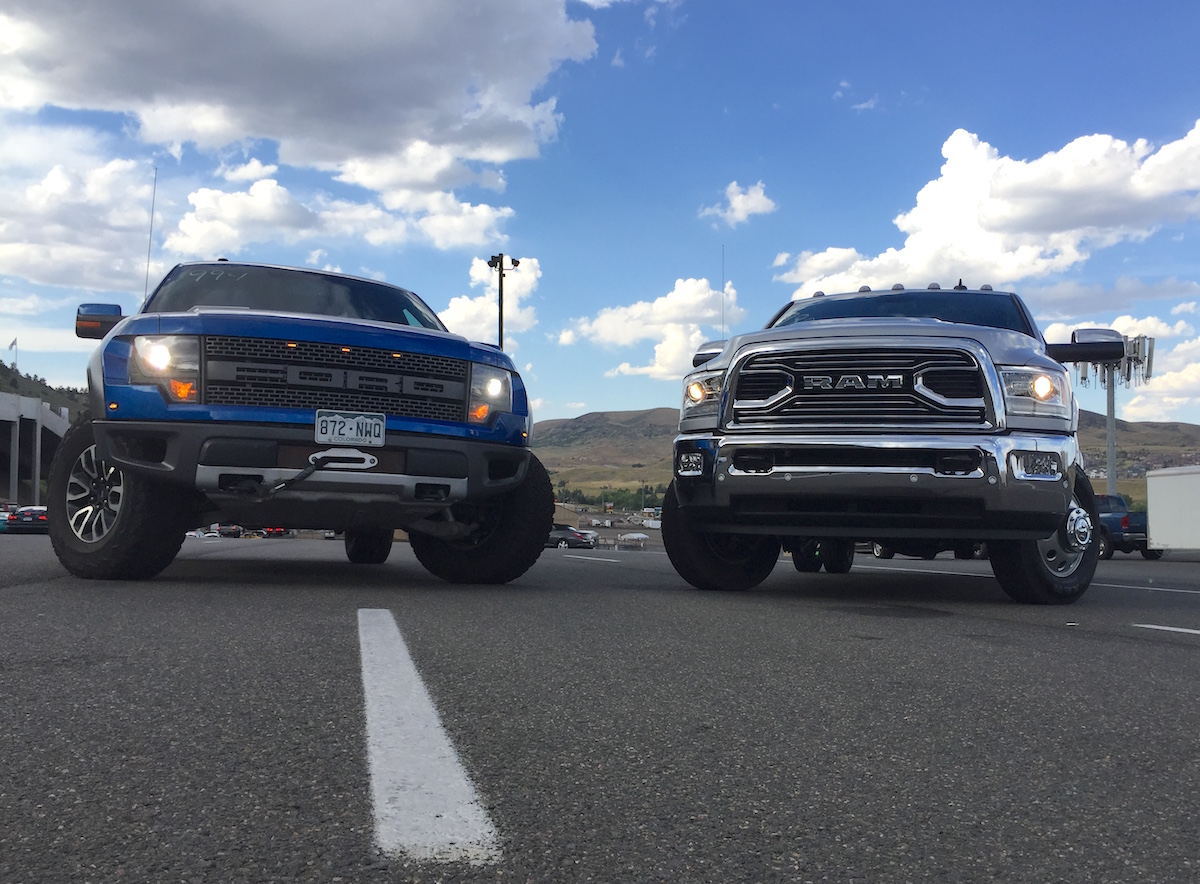
Andre takes the new Ford E-Transit out of its comfort zone: on a road trip.
Some think that the Ford E-Transit electric van’s 68-kWh, 400V lithium-ion battery is too small for a van. I mean, it can hold between 275 – 543 cubic feet of cargo. It also has a maximum payload of 3,880 pounds, and up to 4,428 pounds for cutaway versions. On top of that, it makes 198 kW (266 horsepower) and up to 317 lb-ft of torque.
According to Ford and Andre, it is all by design.

By giving it similar performance to an internal combustion version, a driver can climb from one to the other. These drivers should not be feeling a jarring difference in driving feel. Much of the underpinnings of the Ford E-Transit electric van come from the regular Transit. Ford uses the same sort of battery EV drive components as the Ford F-150 Lightning.
This whole setup gives the E-Transit a maximum range of 126 miles, if you opt for the base van. While that may seem skimpy, Ford noted that most business averages about 74 miles per day. The automaker designed this van to be a work and last-mile delivery vehicle. Over time, its lower maintenance and charging costs are supposed to yield a benefit over this model’s gas-powered counterpart.
Ford also uses a telematic system that can tie the van into a network that allows the fleet supervisor to see everything the vehicle is doing.
“This makes E-Transit ideal for commercial customers who know their drive routes and often work in urban environments. Our customers buy only what they need to get the job done. E-Transit provides ample range at a price that makes the transition to electric easy. And Ford Pro is just getting started.”
,Ted Cannis, Ford Pro CEO.
In this video, Andre takes the Ford E-Transit on a longer distance than most folks will on a daily basis. He gets to know the van on a different level, and he makes some interesting discoveries too. Check it out!















![Which is More Reliable: 3.5L EcoBoost or 5.0L V8? [Reader Question] Second-generation 3.5-liter EcoBoost engine](https://tfltruck.com/wp-content/uploads/2016/05/Second-generation-35-liter-EcoBoost-engine.jpg)
![Which Silverado Engine to Get: 5.3L or 6.2L V8? [Ask TFLTruck] 2016 chevy silverado](https://tfltruck.com/wp-content/uploads/2015/10/2016-chevy-silverado-grille.jpg)
